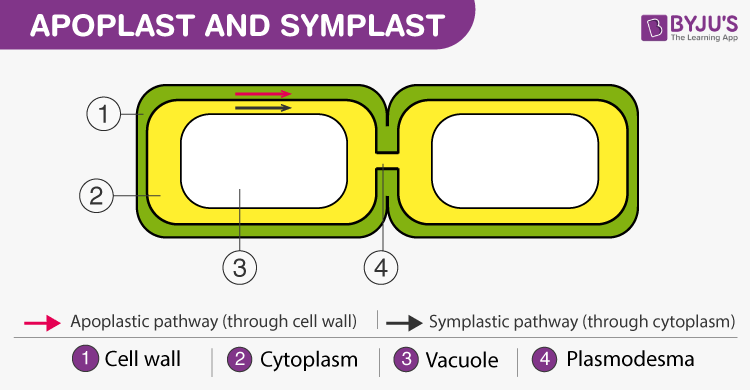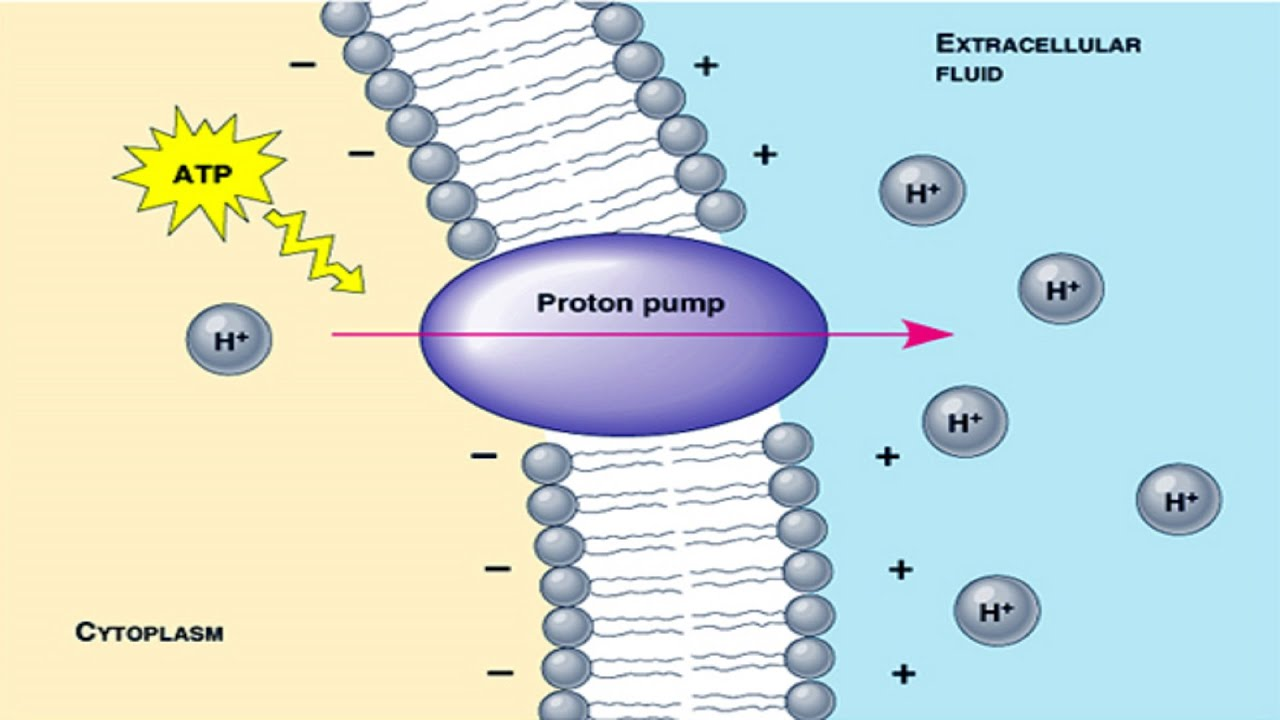Note
0.0(0)
Explore Top Notes Note
Note Studied by 43 people
Studied by 43 people Note
Note Studied by 12 people
Studied by 12 people Note
Note Studied by 20 people
Studied by 20 people Note
Note Studied by 24 people
Studied by 24 people Note
Note Studied by 10 people
Studied by 10 people Note
Note Studied by 409 people
Studied by 409 people
Quantitative Research
5.0(2)
Anatomy of the state - 1. What the state is not
5.0(1)
El Subjuntivo
5.0(1)
Going For Baroque
5.0(1)
Chapter 45: Animal Movement
5.0(1)
Object-Orientated Programming (IB)
5.0(2)
Resource Acquisition and Transport in Vascular Plants
Plant Adaptations
- Adaptations aid in the acquisition of resources, including water, minerals, carbon dioxide, and light
- Early nonvascular (no xylem & phloem) land plants lived in shallow water and had aerial shoots
- Nothing could live on land until plants colonized it
- ==Xylem==: transports water and minerals from roots to shoots
- ==Phloem==: transports photosynthetic products from where they are made to where they are needed
Shoot Architecture and Light Capture
- Trade-off between growing tall & branching
- More energy invested in branching→ less energy available for height growth
- Water availability signals leaf growth
- Phyllotaxy: arrangement of leaves on a stem; a species-specific trait important for light capture → more leaves
- Angle between leaves is 137.5 degrees
- Minimizes shading of lower leaves
- If there are too many top leaves, will shade bottom leaves
- Competition among plants
- ==Self-pruning:== shedding of lower shaded leaves
- Occurs when they respire more than they photosynthesize
- Costs more than it benefits
- Community: multiple different species living in the same area & interacting
- ==Leaf-area index:== ratio of total upper leaf surface of a plant divided by the surface area of land on which it grows
- \
> 7→ shading so self-pruning occurs - less leaves→ smaller leaf area index
- \
Root Architecture and Acquisition of Water & Minerals
- Roots are less competitive with other roots from the same plant than with roots from different plants
- Nitrates necessary for growth
- ==Mycorrhizae==: mutualistic associations formed between roots and ==hyphae== of soil fungi (roots/extensions of soil fungi)
- ex/ increase surface area for absorbing water and minerals, especially phosphate (necessary for making DNA & phospholipids)
Transport
- 2 major transport pathways
- Apoplast: everything external to the plasma membrane
- Includes cell walls, extracellular spaces, and interior of dead cells like vessel elements and tracheids (water-conducting cell in xylem)
- Symplast: consist of cytosol of all living cells & plasmodesmata
- everything inside plasma membrane

- Apoplastic route: through cell walls and extracellular spaces
- Symplastic route: where water and solutes cross a plasma membrane once and then travel through cytosol
- Transmembrane route: water and solutes repeatedly cross membranes when they pass from cell to cell
- Can also occur in cells with the same plasmodesmata (some nutrients may not want to travel through the cytosol)
- Active transport: need ATP
- Proton pumps establish membrane potential by pumping H+ and establishing a proton gradient (plants)
- Membrane potential is established by pumping Na+ by sodium-potassium pumps (animals)

- Plant cell membranes have ion channels that only allow certain ions to pass
- ==Osmosis==: the diffusion of water into our out of a cell that is affected by solute concentration and pressure
- ==Water potential==: quantity that includes effects of solute concentration and physical pressure
- Determines direction of movement of water
- Flows from regions of higher water potential to regions of lower water potential
- Potential→ refers to water’s capacity to perform work
- Unit of pressure is a megapascal
- ==Diffusion==: high to low concentration
- ==Solute potential:== osmotic potential; directly proportional to molarity
- ==Pressure potential:== physical pressure on a solution (can be positive or negative)
- ==Turgor pressure:== positive pressure exerted by plasma membrane against cell wall & cell wall against protoplast
- ==Protoplast==: living part of cell, includes plasma membrane
- Turgor loss results in ^^wilting^^, which can be reversed by watering the plant
- ==Flaccid==: limp/deflated cell
- If flaccid cell placed in environment with higher solute concentration, cell will lose water and undergo plasmolysis
- ==Plasmolysis==: protoplast shrinks and pulls away from cell wall
- If flaccid cell placed in solution with lower solute concentration, cell will gain water and become ==turgid== (plump, lots of water)
- ==Aquaporins==: transport proteins in cell membrane that facilitate passage of water
- Opening & closing of aquaporins affect rate of osmotic water movement across membrane
- Hydrophilic head & hydrophobic tail
- ==Bulk-flow:== the movement of a fluid driven by a pressure gradient (long-distance transport)
- Water and solutes move through ^^tracheids and vessel elements^^ (in xylem, tube-like components) of xylem & ^^sieve-tube elements^^ (tube-like element of phloem) of phloem
- Enhanced by structural adaptations of xylem and phloem
- Mature tracheids and vessel elements have no cytoplasm; inside of cells empty to move water and minerals (dead cells)
- Sieve-tube elements have few organelles in their cytoplasm (alive)
- ^^Perforation plates^^ connect vessel elements & ^^porous sieve plates^^ connect sieve-tube elements
Absorption of Water & Minerals by Root Cells
- ==Transpiration==: bulk flow up, using xylem; evaporation of water from a plant’s surface
- Water and mineral absorption occurs near root tips, where there are root hairs and the epidermis is permeable to water
Transport of Water and Minerals into the Xylem
- ==Endodermis==: innermost layer of cells in the root cortex (external part of root)
- surrounds vascular cylinder & is last checkpoint for selective passage of minerals from cortex to vascular tissue
- ==Casparian strip:== barrier at checkpoint of the endodermal wall, blocking apoplastic transfer of minerals from the cortex to the vascular cylinder
- Endodermal cells discharge water and minerals from their protoplasts into their own cell walls
- ==Xylem Sap==: fluid in xylem containing water and dissolved minerals
- transported from roots to leaves by bulk flow
Pushing Xylem Sap: Root Pressure
- Water flows in from root cortex, generating ==root pressure== (push of xylem sap)
- Sometimes results in guttation
- ==Guttation==: exudation of water droplets on tips or edges of leaves
- Positive root pressure is weak and is a minor mechanism of xylem bulk flow
Pulling Xylem Sap: The Cohesion-Tension Hypothesis
- ==Cohesion-tension hypothesis==: transpiration and water cohesion pull water from shoots to roots
- ^^Cohesion^^: water sticks to water
- ^^Adhesion^^: water sticked to other surfaces
- prevents water from falling back down
- ^^Surface tension:^^ water won’t spill over & bugs don’t sink in water
- Xylem sap is normally under negative pressure/tension
- ==Transpirational pull:== positive + negative pressure
- Water vapor in the air spaces of leaf diffuse down water potential gradient and exits via stomata
- Air-water interface retreats into mesophyll cell walls
- Creates negative pressure potential
- Negative pressure potential lowers water potential
- Water molecules pulled from more hydrated areas of lead by negative pressure potential created by air-water interface
- Positive pressure → pushes up
- Negative pressure → pulls up
- Drought stress or freezing can cause a break in chain of water molecules through cavitation
- ==Cavitation==: formation of water vapor pocket; break in hydrogen bond
Xylem Sap Ascent by Bulk Flow
- How does bulk flow differ from diffusion?
- Driven by differences in pressure potential rather than solute potential
- Occurs in hollow dead cells rather than membranes of living ells
- Moves the entire solution instead of just water or solutes
- Much faster
Mechanisms of Stomatal Opening and Closing
- Changes in turgor pressure open & close stomata
- Turgid→ guard cells bow outward and pore opens (expand & leave gap)
- Flaccid→ guard cells become less bowed and pore closes (deflate & cover surface)
- Generally open during day and close at night to minimize water loss
- Opening triggered by light, CO2 depletion, and internal clock in guard cells
- ==Circadian rhythms==: 24 hr cycles; genes that control hormone release are exact
- ex/ most heart attacks if at risk occur at 10am
- Hormone ==Abscisic Acid (ABA)== produced in response to water deficiency; causes closure of stomata
- Sunny, warm, dry, and windy conditions cause evaporation & increase transpiration
- More water molecules lost to atmosphere
- Water sometimes leaks through cuticle
- If uptake & transport can’t replace lost water, plant wilts
- Transpiration→ ==evaporative cooling== (lower temp of leaf)
- Trade-off with losing water
- Water has a high ^^specific heat^^
Adaptations that Reduce Evaporative Water Loss
- ==Xerophytes==: plants adapted to dry conditions and climates
- ==Crassulacean acid metabolism (CAM):== stomatal gas exchange occurs at night
- Reverse reaction
- Change CO2 into a 4-carbon molecule and store it
Movement from Sugar Sources to Sugar Sinks
- ==Translocation==: opposite of transpiration; goes down using phloem
- ==Phloem sap:== aqueous solution high in sucrose
- Travels from sugar source to sugar sink
- Phloem made of sieve-tube elements
- Moves through bulk flow driven by positive pressure called pressure flow
- ==Sugar source:== organ that is a net producer of sugar (ex/ mature leaves)
- Pressure is high
- ==Sugar sink:== organ that is a net consumer or depository of sugar (ex/ roots, buds, fruits)
- Sugar must be loaded into sieve-tube elements before being exported to sinks
- Pressure is low
- ^^Companion cells:^^ enhance solute movement between apoplast and symplast
- ==Self-thinning==: dropping of sugar sinks (ex/ flowers, seeds, fruits)
- Occurs when there are more sugar sinks than sources can support
- Usually don’t want to get rid of flowers because they attract pollinators
Misc Info
- Plasmodesmata (plant can have multiple) open and close in response to turgor pressure, cytosolic Ca2+ levels or cytosilic pH
- plant viruses can cause it to dilate, allowing viral RNA to pass between cells
- plants try to stop spread of virus by closing plasmodesmata
- Phloem is key for transport of macromolecules and viruses
- Systemic communication through phloem allows the integration of plant functions
- ==Electricity==: movement of any charge (ion)
- Triggers cells to act/behave differently
Note
0.0(0)
Explore Top Notes Note
Note Studied by 43 people
Studied by 43 people Note
Note Studied by 12 people
Studied by 12 people Note
Note Studied by 20 people
Studied by 20 people Note
Note Studied by 24 people
Studied by 24 people Note
Note Studied by 10 people
Studied by 10 people Note
Note Studied by 409 people
Studied by 409 people
Quantitative Research
5.0(2)
Anatomy of the state - 1. What the state is not
5.0(1)
El Subjuntivo
5.0(1)
Going For Baroque
5.0(1)
Chapter 45: Animal Movement
5.0(1)
Object-Orientated Programming (IB)
5.0(2)